
The water fish swim in is very important, obviously. But it is not nearly as important as people give it credit for. The chemistry of the water, the pH, the hardness and the salts contained in the water, are just not very important to the well-being of the fish. Most tap water between a pH of 6.5 and 8.5 is fine for all fish. Add conditioner if the water had chlorine in it and you’re good to go.
Read on only if you are a nerd like the author.

Myths About Water
There are many myths about the water in which aquarium fish live. Some of these myths are:
- At least 50% water changes should be done once a week.
- It’s dangerous to the fish to “chase” pH with chemicals.
- High pH (>7.5 pH) is dropped by using organic materials such as almond leaves, beech leaves, oak leaves, peat, and/or driftwood.
- Fish will have their lives shortened if put in a pH different than their native waters.
- Fish from the Blackwater Amazon will suffer in water with a high pH.
- The hardness (GH and KH) of the water is very important to the fish.
- Fish will have their lives shortened if put in a water hardness different than their native waters.
- Rapid changes (in seconds) in water parameters (pH, hardness and/or temperature) can damage or kill freshwater fish.
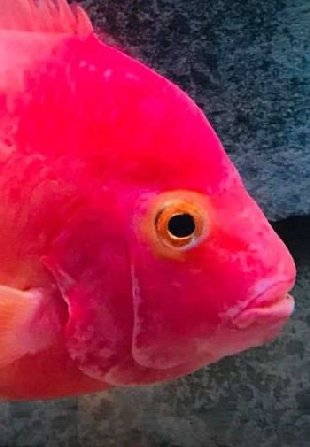
- Temperatures need to be closely held for healthy fish and heaters are an absolute necessity in most homes.
- Stability in aquarium parameters (temperature, pH, hardness) over hours or days is important.
- Nitrates going above 10, 20, 40 or even 80 ppm will shorten the life of an adult fish.
- Ammonia levels at some level below 5 ppm or nitrite levels below 1 ppm are detrimental in any way to fish at a pH of 7.
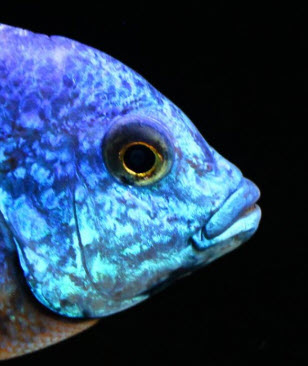
- Ammonia levels at 5 to 10 ppm or nitrite levels at 1 ppm to 5 pm are very toxic to fish at a pH of 7.
- When shipped fish are un-bagged, they should be gradually acclimated to their new water chemistry.
- Water that has been run through a water softener is bad for fish.
- Water changes remove built up toxins and fish hormones in the water.
- Water changes are bad because they cause variation in the water parameters.
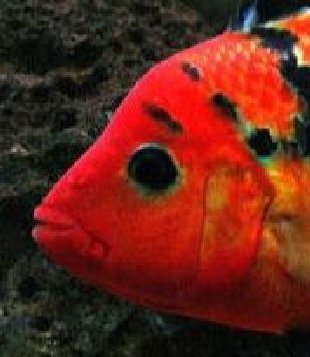
- Primetm and Safetm are superior water conditioners which also “neutralize” ammonia, nitrite and heavy metals.
- There are products which “neutralize” ammonia and nitrite (Tetra AquaSafe Plus, Kordon AmQuel, ClorAm-X, Hikari Aquarium Solutions Ultimate, SeaChem AmGuard, API Ammo-Lock, API Stress Coat).
- It is beneficial to add “bacteria in a bottle” such as Stability every water change.
- Corydoras and tetras are very sensitive to salt in the water
.
ALL these myths are simply false
.

Temperature, pH, GH and KH in Depth
A chart is probably the easiest way to condense most of the water parameters into one:

Click on this link for more in depth discussion of this point:
4.1. Importance of Water
Temperature should be in the proper range for the fish species, with the understanding that these ranges are quite broad, 70 to 90 degrees being typical. Note that some fish require very specific temperatures for breeding. Click on this link to see this discussion:
4.2. Aquarium Temperatures
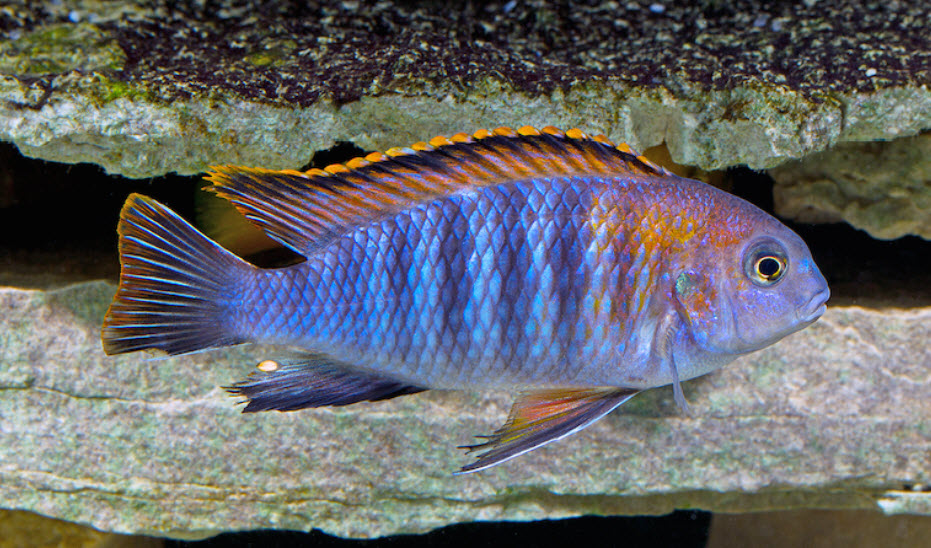
The water needs to be as bacteria free as possible for the best health of ALL fish. This requirement is very important but rarely even mentioned or discussed. Click on this link for this discussion:
4.3. Free Floating Bacteria
The pH of the water is not very important. The only time fish can get in trouble is if a fish from a water with some hardness and some salts is put in very soft acid water. There are also some fish such as fish from blackwater which require a very specific pH ranges to breed. Click on this link for this discussion:
4.4. Aquarium pH
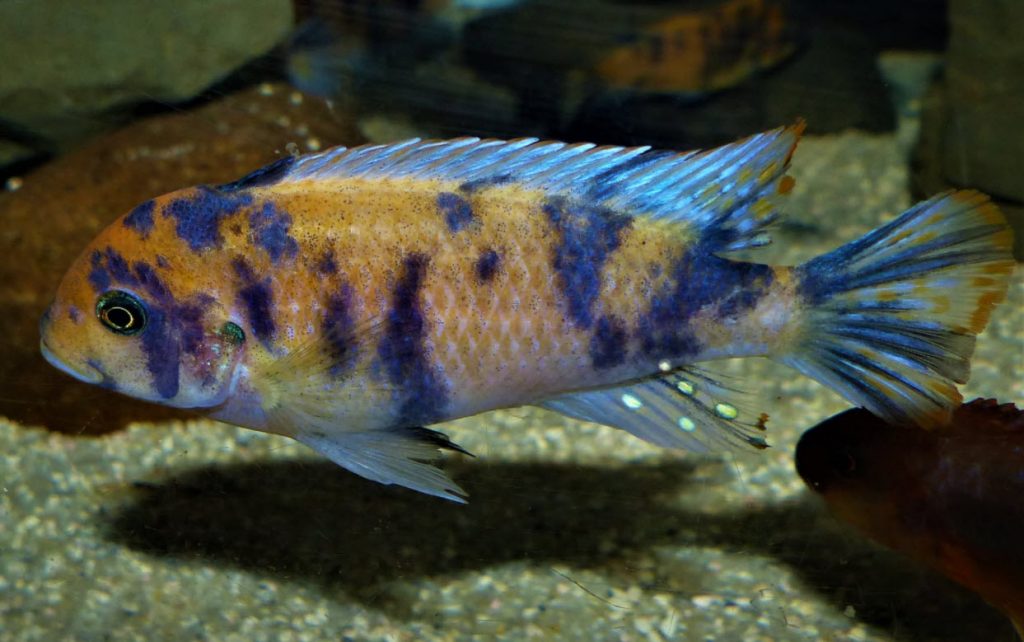
Hardness is of little consequence except in that some KH stops a “crash” (high ammonia levels) or “old tank syndrome” from occurring. And some KH is needed during cycling. Also some fish require very specific GHs in order to successfully breed. Click on this link for this discussion:
4.5. Water Hardness
Salts are no important so long as most fish have a little. If one has RO water they take on more significance. Total dissolved solids (i.e. TDS the amount of salts) should be above 60 ppm. Click on this link for this discussion:
4.6. Salts in the Water
One myth to be dispelled here is that fish which have been bred in captivity are somehow more resistant to high or low pH and hardness excursions. The science says this isn’t true. ALL fish are equally immune to pH, temperature, KH and GH excursions. Breeding has nothing to do with it. Click on this link for this discussion:
4.7. Fish Tolerance to pH
Hardness is of little consequence except in that some KH stops a “crash” (high ammonia levels) or “old tank syndrome” from occurring. And some KH is needed during cycling. Also some fish require very specific GHs in order to successfully breed. Click on this link for this discussion:
4.5. Water Hardness
Salts are no important so long as most fish have a little. If one has RO water they take on more significance. Total dissolved solids (i.e. TDS the amount of salts) should be above 60 ppm. Click on this link for this discussion:
4.6. Salts in the Water
One myth to be dispelled here is that fish which have been bred in captivity are somehow more resistant to high or low pH and hardness excursions. The science says this isn’t true. ALL fish are equally immune to pH, temperature, KH and GH excursions. Breeding has nothing to do with it. Click on this link for this discussion:
4.7. Fish Tolerance to pH
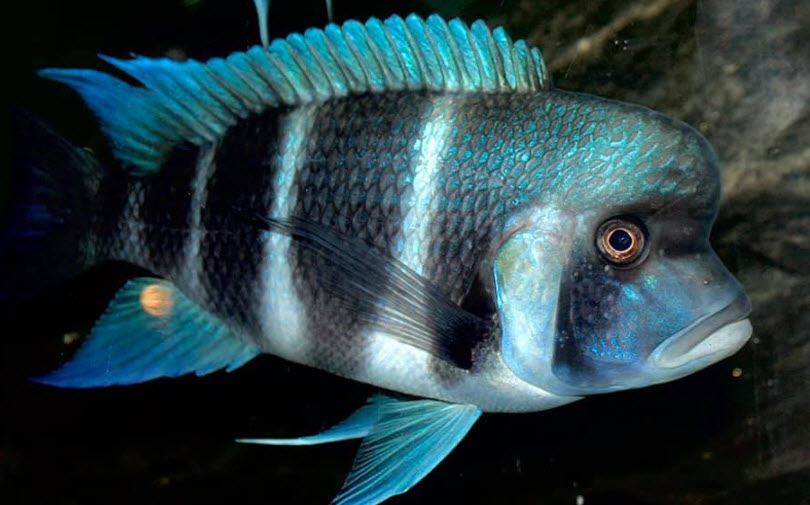
Another myth to dispel is the concept of “stability” in water parameters. The myth is that it is vital to keep a fish from having a rapid swing in pH or a rapid swing in temperature. The science says this isn’t true. Click on this link for this discussion:
4.8. Stability is Not Important
And the method of adding shipped fish to the aquarium has changed recently. Most experts recommend the “cut-pour-plop” method. Click on this link for this discussion:
4.9. Un-bagging Fish
And some aquarium “experts” push “ORP” or “Redox” as being very important in the aquarium. It is not important. We examine that in this link:
4.10. ORP and Redox in the Aquarium
Then there are some “tank syndromes” where some of the water parameters, including water clarity, are diagnostic. “Old tank Syndrome”, ” New Tank Syndrome” and “Sick Tank Syndrome” are covered in this article:
4.11. Tank Syndromes
There are also a series of chemicals found in water which many consider “toxins”. These are covered in these links:
5. Ammonia, Nitrite, Nitrate and Chlorine
5.2. Safe Ammonia Levels
5.3. Safe Nitrite Levels
5.4. Safe Nitrate Levels
5.5. Chlorine and Chloramine
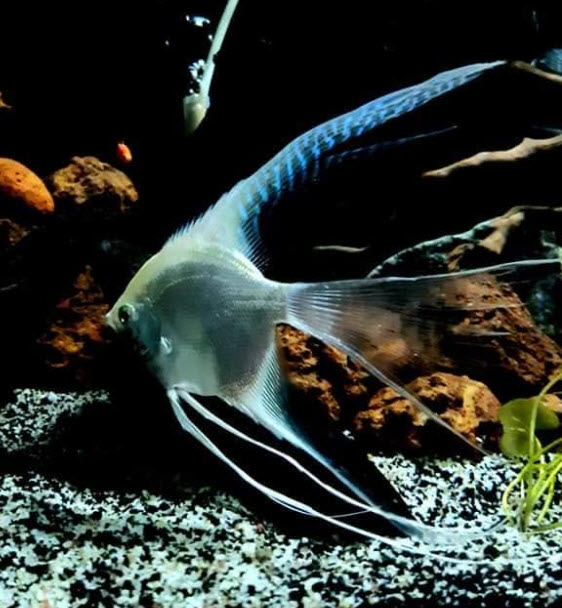
Return to Home Page and Main Menu
.
Aquarium Science Website
The chapters shown below or on the right side in maroon lead to close to 400 articles on all aspects of keeping a freshwater aquarium. These articles have NO links to profit making sites and are thus unbiased in their recommendations, unlike all the for-profit sites you will find with Google. Bookmark and browse!
.

Diwakar says
What will be the ph for betta as I too also setup 30 cm cube for betta planted tank but my ph is not coming down it’s 8 I have done cycling as per ADA rule and now my tank is one month old no fishes now so how can we reduce ph and what making my ph so high my tap water ph is 6.8 to 7 I inserted bogwood and 3 and 4 plants without CO2 help or I need to do water change less now like weekly help me. TDS of my tank 337 PPM PH 7.8 TO 8 AMMONIA 0 NITRITE 0 NITRATE 5-20PPM PLANTS JAVA FERN ANUBIAS GOLD AND NAN PETITE VALESNERIA ROTALA GREEN SPIKY MOSS AQUA SOIL AND LAVA CHIPS ONE MONTH OLD TANK DOING WATER CHANGING TWICE A WEEK Two three piece of small clay rock to hold bogwood and moss and one small dragon rock and sand little bit Tank capacity is 28 Ltr Fertilizer I start dosing apt zero 4 times a week as per dosage And no CO2
TAP WATER TDS 180 PH 6.8 to 7 Ammonia 0 NITRITE 0 Nitrate- 5ppm
Help me out
Kev says
Hi Dave,
Been through your chlorine articles and have decided to get rid of the carbon block filters and just use sodium thiosulfate in my prep barrel as you suggested. Still working whether I want to just do manual changes or set it up for a continuous drip given I’ll need to also dose to drop the PH. Latest water report has the water leaving the tap at 7.6 PH… Not sure if this will have an impact on where it buffers to after a few days of aeration.
Thank you, thank you, thank you for this site. I can’t say it enough, and it’s a real shame so many people seem to be too entrenched to see what a goldmine of information you’ve provided here.
Kev says
Hi Dave,
Thanks for the reply! I should have been clearer: I have a sediment filter and two 20″ block filters (one for chlorine removal and a second for chloramine removal). These are rated for removal at a flow rate of 15lpm, and then I have a valve to control the flow rate through them correctly. I can send you a link to the one I have if that helps.
I used to have around 10,000 litres in my fishroom and would prepare all of my water for water changes in a couple of 1000 litre IBC totes, hence the massive carbon block filters. As you can imagine changing thousands of litres per week sucked all of the fun out of keeping fish eventually!
I’ve since shut my import company down and have just finished rebooting my fishroom. I will now be keeping show tanks just for myself again. I have the space to prepare water in advance but could do with picking your brain about the best way if you have time…
I’m also struggling to choose between poret and K1 for my sump as poret is available at trade price to me (due to me being a reseller when I had my company). I left my email with the previous comment if you fancy discussing any of this further?
Dave says
In reply to Kev …. 1, Carbon blocks can slowly remove chlorine but do little to chloramine. It will do little to pH in either case. And yeas, you have a lot of CO2 gas in your tap water. 8.8 pH needs some corrective action.
2, The way I set-up one drip system in high pH water was with a barrel (actually just a 40 gallon aquarium with a deep UGF and a dosing pump) I used a combination of sodium thiosulfate and hydrochloric acid feeding a very slow flow. I also ghost fed every day in order to establish a good eco-system in the feed tank.
3, I tried to stay on Facebook but too many of the Facebook groups are just too profit oriented and they ban me when I post one of my articles.
Kev says
Hi Dave,
Three things:
Firstly, my tap water exits the tap with a PH of 7.0. Once aged and agitated it settles at 8.8. I guess this is due to CO2 gassing off… Any thoughts on this? I do have a large carbon block filter to remove chlorine and chloramine and I’ve been told this type of filter can cause a small increase in PH but I’m not sure if this is just another myth in the hobby!
Secondly, I’m planning on installing a continuous drip and overflow on my biggest tank to handle water changes as per your article on water changes. I’m currently suffering from analysis paralysis because I’m concerned about your suggestion that a PH over 8.5 warrants reducing. So now I don’t know whether to use a barrel to prepare the water before performing manual water changes, or go with the continuous drip/overflow.
Finally, have you stopped using Facebook? I’ve found you in quite a few groups but haven’t seen any posts since 2022. I would love to talk to you in depth on so many of these articles if you’d be so inclined…
Thank you for sharing your knowledge; finding this site has breathed new life into this hobby for me. I’ve got so many projects on the go for the first time in years!
Dave says
In reply to Alex …. No idea. Sorry.
Alex Dossett says
Hi I have a planted tank with fish and wondering what sort of range of phosphate is best for the plants, while not effecting the fish?
Many thanks
Alex